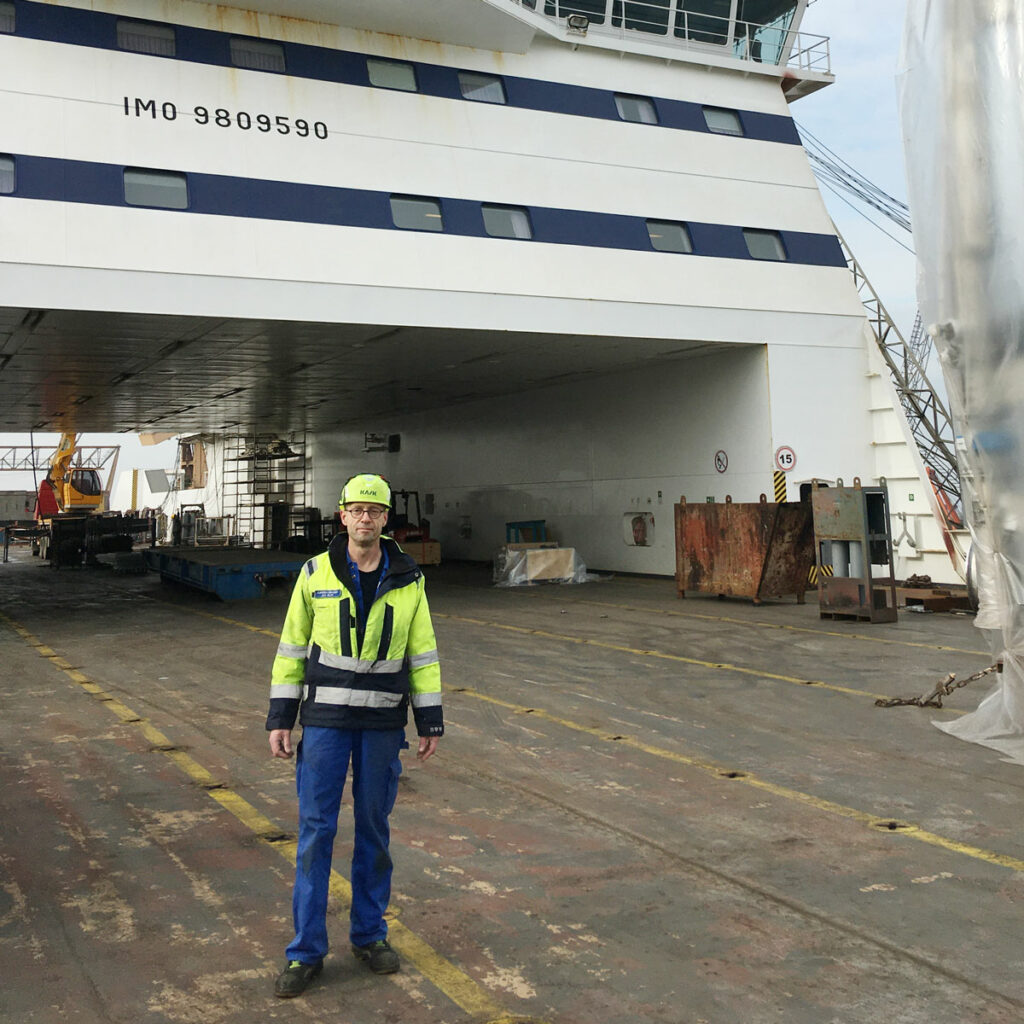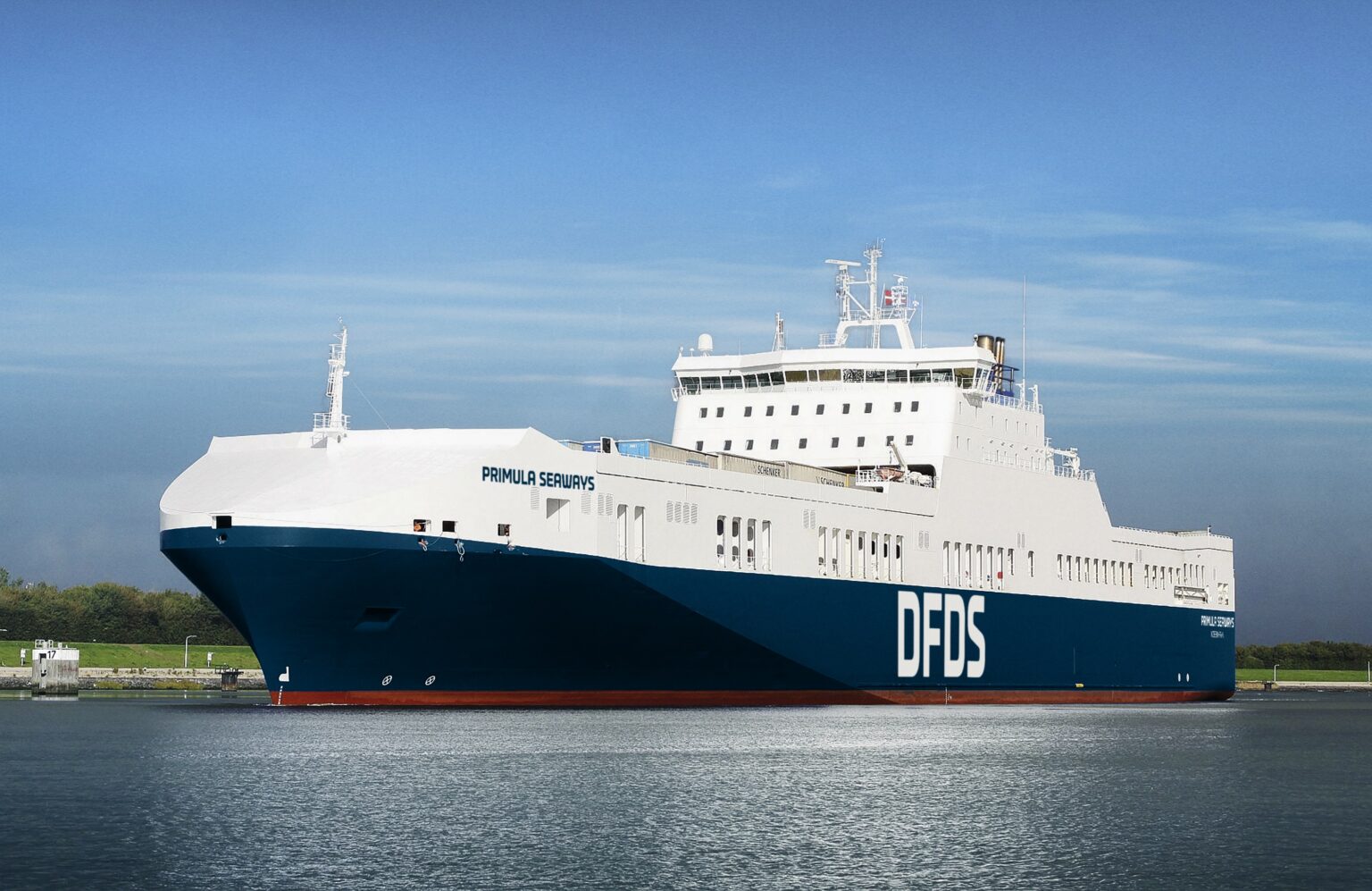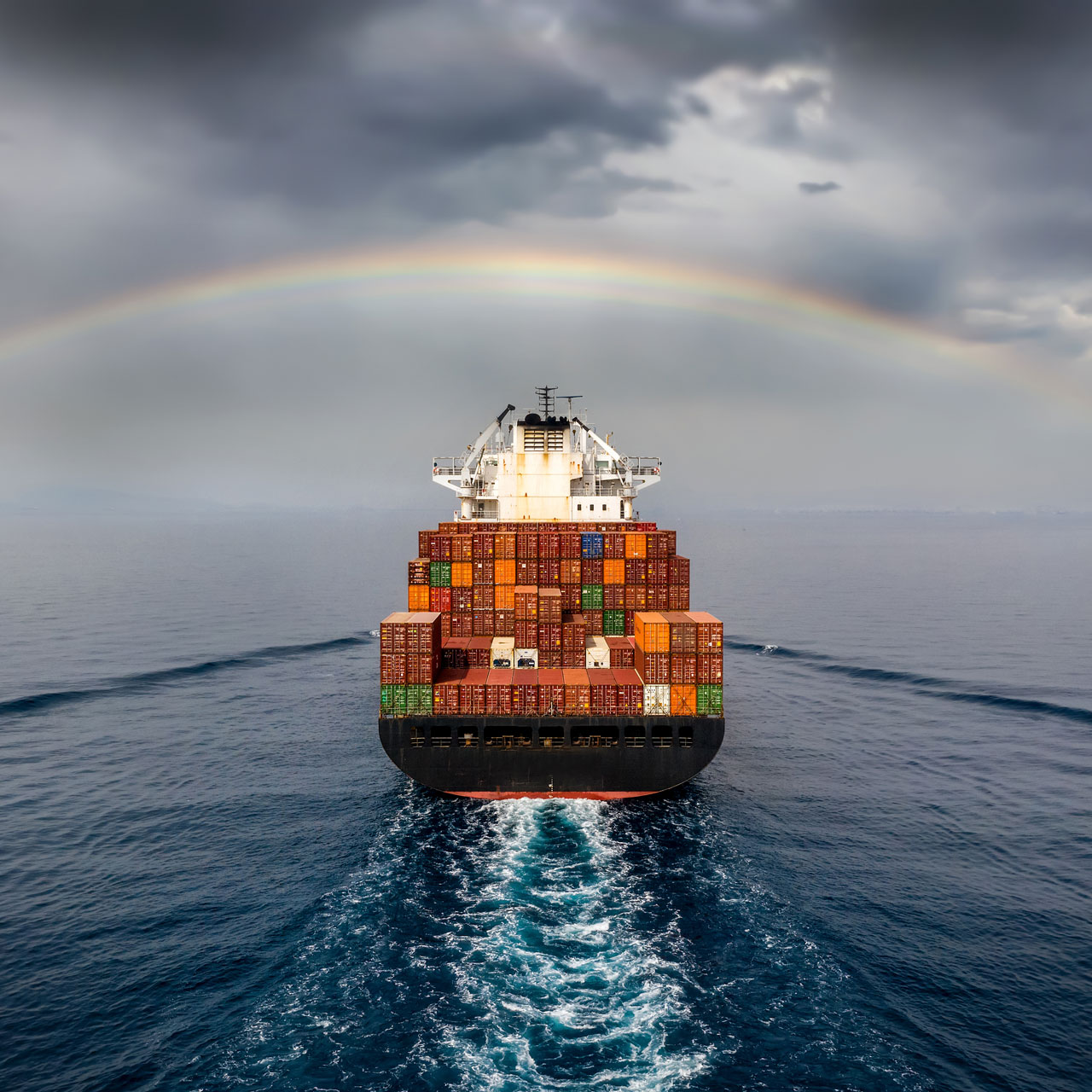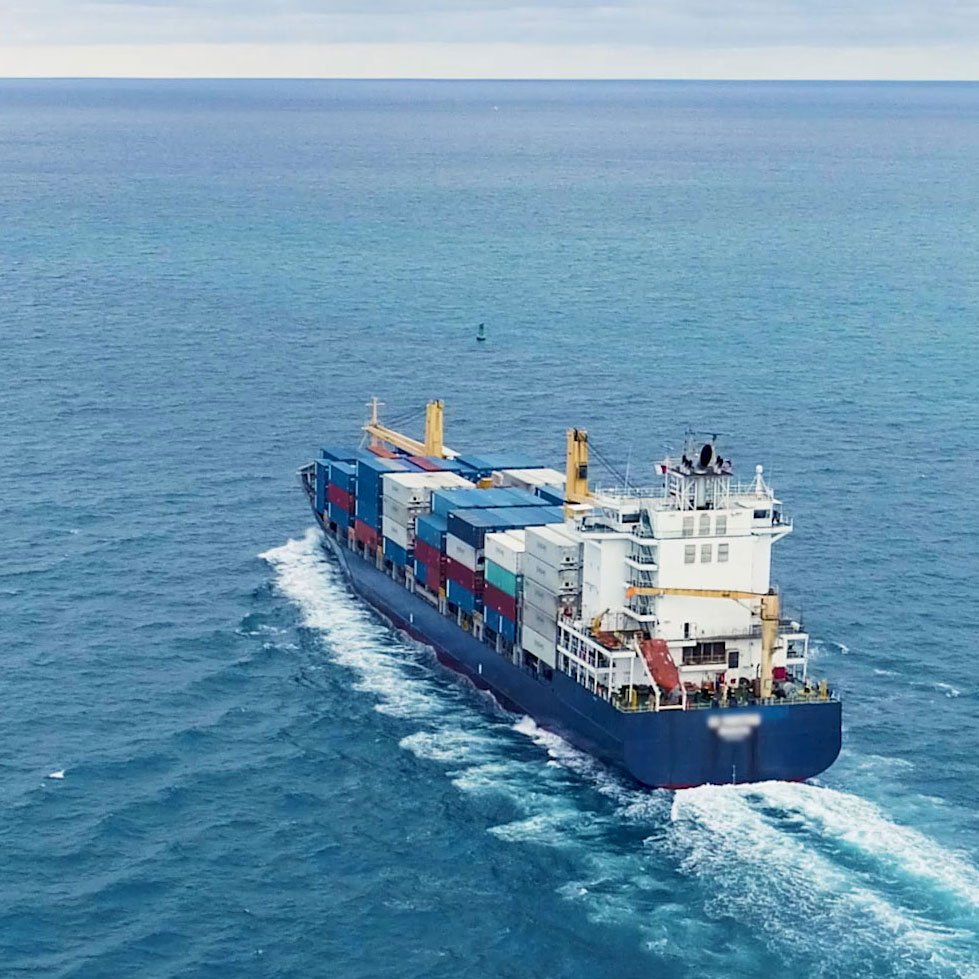Since installing EcoPilot on Primula Seaways over a year ago, DFDS has evaluated the effect on fuel consumption carefully. When EcoPilot is used, the ship’s fuel consumption drops by 6%, on average.
Jan Blak, Superindendent at DFDS, is responsible for optimizing vessel performance and point of contact for the installation.

Why did you decide on installing EcoPilot on Primula Seaways?
– We wanted to reduce fuel consumption and EcoPilot looked like the best solution. It combines optimized propulsion with active route planning and speed requirement control. Qtagg is the only company to supply a combined system that takes away the human factor in manual speed adjustments. To optimize fuel consumption, many small adjustments are needed over the course of a voyage and that task is best delegated to an automation system.
How has EcoPilot affected the ship’s fuel consumption?
– Fuel consumption with EcoPilot is on average 6% less than when the system is not used. We did quite an extensive evaluation before we arrived at this conclusion. During the evaluation period, we have had the system active every other week and tracked the weather conditions to make sure the comparisons were fair in all aspects. We see a positive effect on fuel consumption in all scenarios, but the effect is most prominent in calmer weather and on longer routes. On average we experience a 6 percent decrease in fuel consumption. With current fuel process, the monetary savings are substantial.
EcoPilot will help us reduce ETS costs and achieve a better CII rating.
Jan Blak, Superintendent DFDS
How will EcoPilot affect your future ETS (emissions trading) costs for Primula Seaways?
– Since ETS is based on fuel consumption, we will save about 6% on emissions trading costs also. And if we can pay less for emissions trading than our competitors, we have less cost cover with added fees which becomes a competitive advantage.
Which effect will EcoPilot have on the CII rating of Primula Seaways?
– EcoPilot will ensure that we get off to a good start. With less fuel consumption and less emissions using EcoPilot should in itself be enough for a good rating the first couple of years. But there will be a continuous need to decrease emissions so we will combine EcoPilot with other measures to increase energy efficiency. Silicone paint that decreases friction on the hull looks promising, but as the effect declines over the years it has to be redone every five years or so. EcoPilot will deliver the same savings year after year and if we make any other optimizations to the propulsion systems, the savings from those goes on top of what EcoPilot provides.
Can you explain how you use EcoPilot and how it affects voyage planning?
– We mostly use the ETA mode where we enter the desired arrival time in EcoPilot, then allow the system to both calculate and execute the most optimal propulsion plan. This removes the very common behavior to start off a voyage at a higher speed than necessary, which almost any navigating officer does when using manual control. He will want to add a margin of about 15 minutes on the target arrival time. This is natural, but the higher speed contributes to increases in fuel consumption you can never recover, even if you finish the voyage at a slower speed. Also, the less time you spend in port the slower you can sail – and that also saves fuel. Arriving too early is simply not beneficial. EcoPilot collects information such as sea maps, weather reports and speed restrictions and will adjust the propulsion power continuously during the voyage to optimize the propulsion for true on-time arrival.
Is EcoPilot a solution you would recommend to others?
– 6% in fuel savings is a very good result and we are considering installing EcoPliot on several of our other ships. The longer the routes, the more savings we expect to see.

About Primula Seaways
M/S Primula Seaways is a Ro-Ro passenger ferry operating in the North Sea between Ghent (Belgium), Gotherburg (Sweden) and Brevik (Norway). It has a single, two-stroke engine and pitch control.



